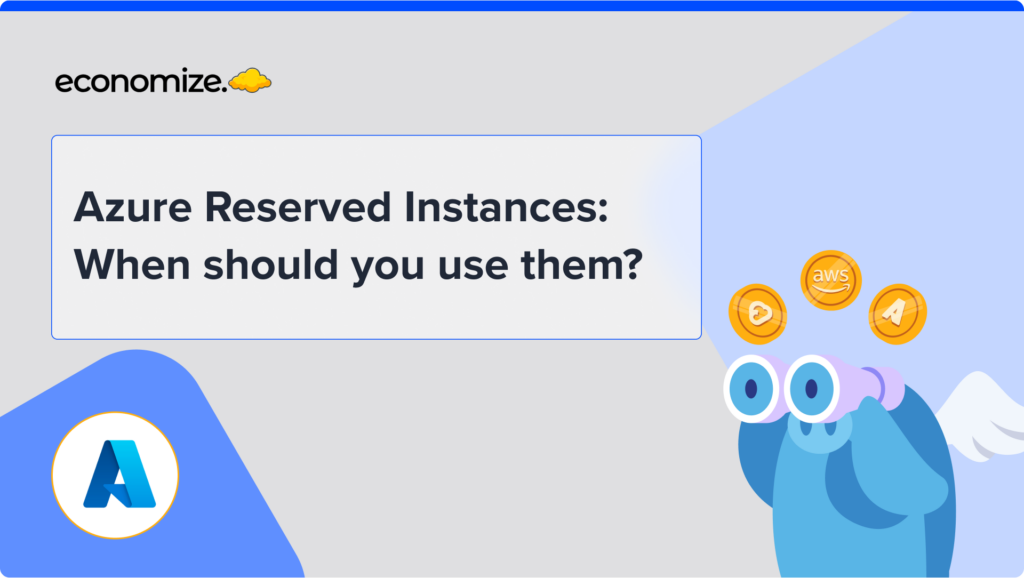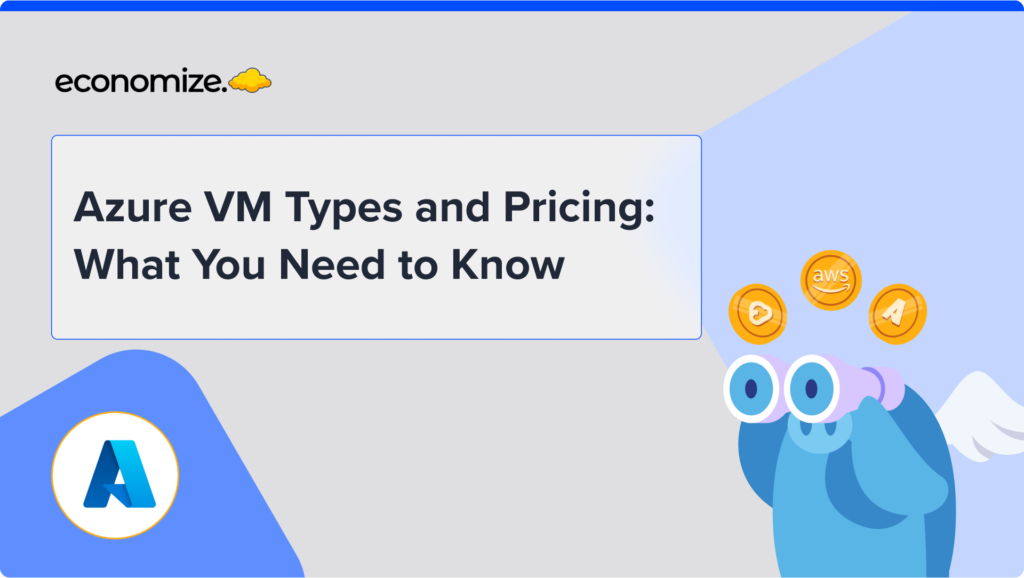Introduction to AWS NAT Gateway and its Costs
The costs associated with using AWS NAT Gateways can quickly become a significant expense, especially when data transfers are not optimally managed. This situation is primarily due to the pricing model of NAT Gateways, where charges are not only based on the data processing time but also on the volume of data transferred.

To manage costs effectively, it’s crucial to keep a close watch on your AWS NAT Gateway traffic, ensure your data routing is optimized, and use the gateway only when it’s absolutely necessary. In this article, we’ll delve into the features and pricing structure of the AWS NAT Gateway and discuss strategies to optimize its use, helping you maximize your resources while keeping expenses in check.
What is NAT Gateway in AWS
AWS NAT Gateway serves as a virtual traffic manager for your cloud applications, ensuring secure internet connectivity without exposing your internal systems to direct external access. It efficiently routes outbound traffic from your private AWS environment to the internet and manages the return of responses, maintaining the confidentiality and security of your setup.
What is AWS NAT Gateway?
AWS NAT Gateway is a managed service that facilitates outbound internet traffic for AWS instances in private subnets, ensuring secure connectivity without exposing internal systems to direct external access.
Simply put, it acts as a protective shield, allowing your private instances to interact with the internet while safeguarding them from direct external contact. This is crucial for applications and databases that require internet access but need to remain shielded from potential threats. The NAT Gateway streamlines network management by handling outbound traffic routing and enhances security by preventing unauthorized inbound connections, thereby fortifying your cloud infrastructure against vulnerabilities.
What is the advantage of AWS NAT gateway?
AWS NAT Gateway offers a bunch of great benefits that can really help you streamline and secure your network traffic in the cloud. It offers a handy, secure, and efficient way to manage your cloud-based network traffic, providing everything from improved security to easier management and cost savings. Here’s a rundown of the key perks:
- Easy Network Management: AWS NAT Gateway takes a lot of the hassle out of setting up and managing network connections by automatically handling the routing of internet-bound traffic from private subnet instances. It’s like having an autopilot for your network traffic, which simplifies things a lot.
- Boosted Security: Using a NAT Gateway beefs up security by ensuring that your private subnet instances can’t be accessed directly from the internet. This setup acts like a shield, keeping potential threats at bay and making your network safer.
- Reliability and Scalability: AWS has designed NAT Gateways to be both redundant and highly available, so they’re always up and running when you need them. Plus, they automatically scale to handle changes in traffic, which means they can keep up with your needs without any extra effort on your part.
- Consistent and Reliable Performance: Unlike manually managed NAT instances, NAT Gateways provide a more consistent and reliable way to manage outbound internet traffic. They’re built to handle lots of traffic smoothly, which helps avoid performance bottlenecks.
- Easy to Monitor and Log: AWS makes it easy to keep an eye on your NAT Gateway with tools like CloudWatch for monitoring and VPC Flow Logs for traffic logging. This is great for keeping tabs on how your network is doing and spotting any unusual activity.
- Cost-Effective: Although there’s a cost to using AWS NAT Gateways, they can actually save you money in the long run compared to setting up and maintaining your own NAT instances, especially when you factor in the need for high availability and less administrative overhead.
How Does AWS NAT Gateway Pricing Work?
The pricing model of AWS NAT Gateways directly ties expenses to both the volume of data transferred and the duration of data processing. This structure can lead to substantial costs, especially in environments where data transfer and management are not carefully optimized.
When you set up a NAT gateway in your AWS VPC, you’re billed for each hour the gateway is active, even if it’s only a part of that hour (i.e.) every partial hour is rounded up to the next full hour. Additionally, there are charges for each gigabyte of data that passes through the gateway, no matter where the data is coming from or going to. Additionally, you will be charged with standard AWS data transfer fees.
AWS NAT gateway pricing varies based on the availability zone. For an AWS NAT gateway in the US East region, you are charged $0.045 for every hour that the NAT gateway is operational, regardless of data throughput. Additionally, for every gigabyte of data that passes through the NAT gateway, there is a charge of $0.045.
| Price per NAT gateway ($/hour) | Price per GB data processed ($) |
| $0.045 | $0.045 |
This straightforward pricing model makes it easy to predict and manage your costs related to network traffic management in your AWS environment. If you decide you don’t need the AWS NAT gateway anymore, you can easily stop these charges by deleting the gateway through the AWS Management Console, CLI, or API.
How To Calculate Your AWS NAT Gateway Costs
Let’s consider a scenario where you’ve set up an AWS NAT gateway and an EC2 instance that routes internet traffic through this gateway. Your EC2 instance, located behind the NAT gateway, sends a 1 GB file to one of your Amazon S3 buckets. Consider that all the components such as, EC2 instance, NAT gateway, and S3 bucket are situated in the same region (US East Ohio), with the NAT gateway and EC2 instance residing in the same Availability Zone. Here’s how the costs break down:
NAT Gateway Hourly Charge:
The NAT gateway incurs a charge on an hourly basis. In this region, the rate is $0.045 per hour.
NAT Gateway Data Processing Charge:
The 1 GB of data processed through the NAT gateway results in a data processing charge of $0.045.
Data Transfer Charge:
- Within the Same Region: The transfer of 1 GB of data from the EC2 instance to the S3 bucket incurs no charge, as data transfer within the same region between EC2 and S3 is free.
- Within the Same Availability Zone: There is no charge for data transfer between the NAT gateway and the EC2 instance because the traffic stays within the same Availability Zone using private IP addresses.
Cost Summary:
- NAT Gateway Data Processing: $0.045 for 1 GB of data.
- NAT Gateway Hourly Charge: $0.045 per hour, applicable as long as the NAT gateway is provisioned and available.
- Data Transfer: No charge in this example, since the data stays within the same region and Availability Zone.
However, if the file were sent to a non-AWS internet location instead, there would be an additional data transfer charge for Data Transfer Out from Amazon EC2 to the internet.
For this scenario, your total cost would:
Total Cost = NAT Gateway Hourly Charge + NAT Gateway Data Processing Charge
Total Cost = $0.045 + $0.045 = $0.09
So, the total cost for this scenario is $0.09.
Cost Optimization Strategies To Reduce Your AWS NAT Gateway Charges
Use Scheduled Scaling for your AWS NAT Gateways
One effective way to reduce AWS NAT gateway charges is by employing scheduled scaling. By closely monitoring your traffic patterns and identifying peak usage times, you can automate the provisioning and de-provisioning of NAT gateways. This approach ensures that NAT gateways are only active during high-traffic periods, reducing unnecessary hourly charges during low-traffic times. AWS CloudWatch and AWS Lambda can be utilized to automate this process, helping you save costs without manual intervention.
Optimize Data Transfer Strategies
Carefully planning your data transfer strategies can lead to significant cost savings. For instance, if you need to transfer large amounts of data to or from your AWS environment, consider using AWS Direct Connect, which offers a dedicated network connection that can reduce data transfer costs compared to using the internet. Additionally, scheduling large data transfers during off-peak hours can minimize the impact on NAT gateway charges by aligning with lower hourly rates or reduced network congestion.
Enable NAT Gateway Idle Time Alerts
Monitoring the utilization of your NAT gateways is crucial for cost optimization. By setting up CloudWatch alarms to detect periods of low or no traffic, you can receive alerts when your NAT gateway is idle. This allows you to manually de-provision underutilized NAT gateways or automate the process using AWS Lambda, thereby avoiding unnecessary hourly charges.
Utilize NAT Instances for Low-Traffic Scenarios

In scenarios where traffic is predictably low, using NAT instances instead of NAT gateways can be more cost-effective. NAT instances are EC2 instances configured to provide NAT services, and their cost can be lower than NAT gateways, especially when using burstable performance instances like T3 or T4g. While this approach requires more management, it can lead to significant savings for low-traffic workloads.
Consolidate Traffic Through a Single NAT Gateway
If you have multiple VPCs or workloads that need internet access, consider consolidating traffic through a single NAT gateway. By using VPC peering or transit gateways, you can route traffic from multiple sources through one NAT gateway, maximizing its utilization and reducing the number of NAT gateways needed. This strategy helps spread the hourly charge across more data processing, optimizing cost efficiency.
Conclusion
Ultimately, the AWS NAT Gateway is a powerful tool for managing outbound traffic in a secure and scalable manner, but its associated costs require careful consideration. By employing the right AWS cost optimization strategies, you can effectively manage and reduce your NAT gateway expenses. Staying informed about your usage patterns and regularly reviewing your cost management practices with ools like AWS CloudWatch for monitoring, implementing VPC endpoints, and considering alternative solutions like NAT instances can also lead to significant savings.
How can we help?
Are your cloud bills reaching sky-high levels? Don’t let cloud costs weigh you down anymore. With Economize, you can slash your cloud expenditures by up to 30% effortlessly. Book a free demo with us today and discover how we can help you start saving in as little as 10 minutes.








